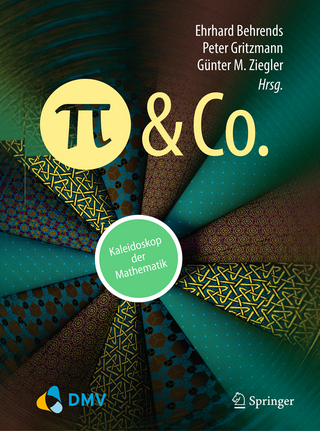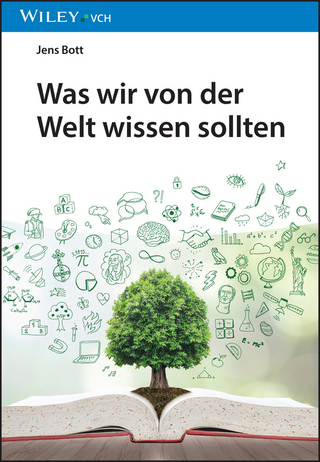
Molecules at an Exhibition
Portraits of Intriguing Materials in Everyday Life
Seiten
1999
Oxford University Press (Verlag)
978-0-19-286206-8 (ISBN)
Oxford University Press (Verlag)
978-0-19-286206-8 (ISBN)
What is it in chocolate that makes us feel good when we eat it? What's the molecule that turns men on? What's the secret of Coca-Cola? In this book, the author takes us on a guided tour through a rogue's gallery of molecules, some harmful, some pleasant, showing how they affect our lives.
What is it in chocolate that makes us feel good when we eat it? What's the molecule that turns men on? What's the secret of Coca-Cola? In this fascinating book, John Emsley takes us on a guided tour through a rogue's gallery of molecules, some harmful some pleasant, showing how they affect our lives. There are eight galleries in all, full of individual portraits on molecules that are to be found on a daily basis in the home, the environment, and in our bodies–from caffeine to teflon, nicotine to zinc. Find out how Mozart met his death, how Hitler could have saved the Third Reich from defeat, and many more interesting snippets in this highly entertaining, and often surprising book.
'A broad audience, regardless of whether it has a background in chemistry, will enjoy browsing and reading it.'
Nature
'a fine example of popular science writing at its best. It is educational, interesting, may prove inspirational and therefore deserves to find a very wide readership.'
THES
'highly readable and entertaining'
New Scientist
What is it in chocolate that makes us feel good when we eat it? What's the molecule that turns men on? What's the secret of Coca-Cola? In this fascinating book, John Emsley takes us on a guided tour through a rogue's gallery of molecules, some harmful some pleasant, showing how they affect our lives. There are eight galleries in all, full of individual portraits on molecules that are to be found on a daily basis in the home, the environment, and in our bodies–from caffeine to teflon, nicotine to zinc. Find out how Mozart met his death, how Hitler could have saved the Third Reich from defeat, and many more interesting snippets in this highly entertaining, and often surprising book.
'A broad audience, regardless of whether it has a background in chemistry, will enjoy browsing and reading it.'
Nature
'a fine example of popular science writing at its best. It is educational, interesting, may prove inspirational and therefore deserves to find a very wide readership.'
THES
'highly readable and entertaining'
New Scientist
John Emsley trained as a chemist, lectured in chemistry for 25 years in the University of London, and is now Science Writer in Residence at the Department of Chemistry at Cambridge. His 'Molecule of the Month' column for The Independent (19906) brought home to a wide readership how chemistry impinges on every aspect of our daily lives. In 1993 he received a Glaxo Award for science writing, and in 1994 he won the Chemical Industries Association's President's Award for science communication. His much-praised book The Consumer's Good Chemical Guide won the Rhône-Poulenc Science Book Prize in 1995.
| Erscheint lt. Verlag | 7.10.1999 |
|---|---|
| Verlagsort | Oxford |
| Sprache | englisch |
| Maße | 130 x 196 mm |
| Gewicht | 205 g |
| Themenwelt | Sachbuch/Ratgeber ► Natur / Technik ► Naturwissenschaft |
| Naturwissenschaften ► Chemie | |
| ISBN-10 | 0-19-286206-5 / 0192862065 |
| ISBN-13 | 978-0-19-286206-8 / 9780192862068 |
| Zustand | Neuware |
| Informationen gemäß Produktsicherheitsverordnung (GPSR) | |
| Haben Sie eine Frage zum Produkt? |
Mehr entdecken
aus dem Bereich
aus dem Bereich
wie sie denkt, fühlt und Probleme löst
Buch | Hardcover (2024)
Folio (Verlag)
26,00 €


